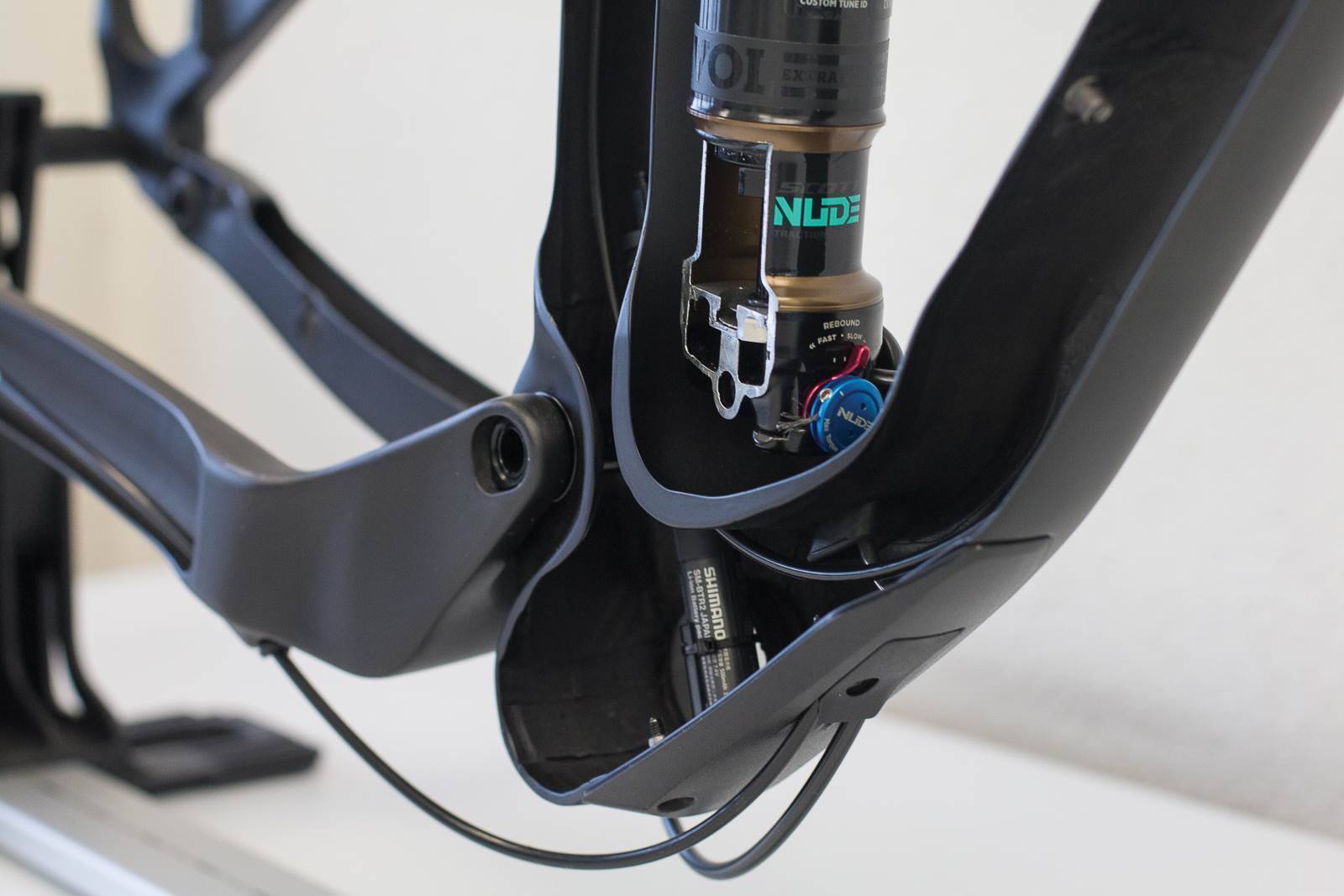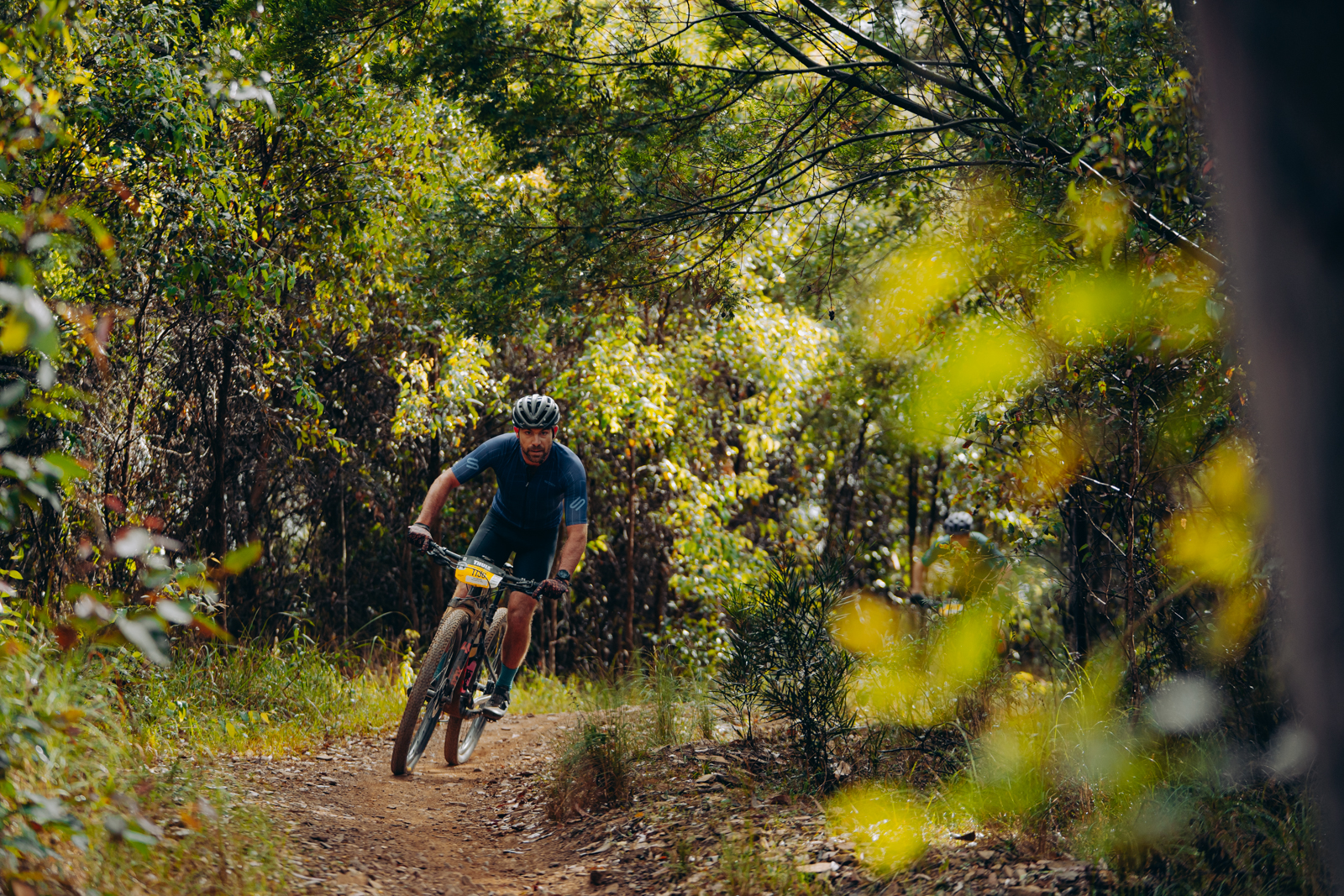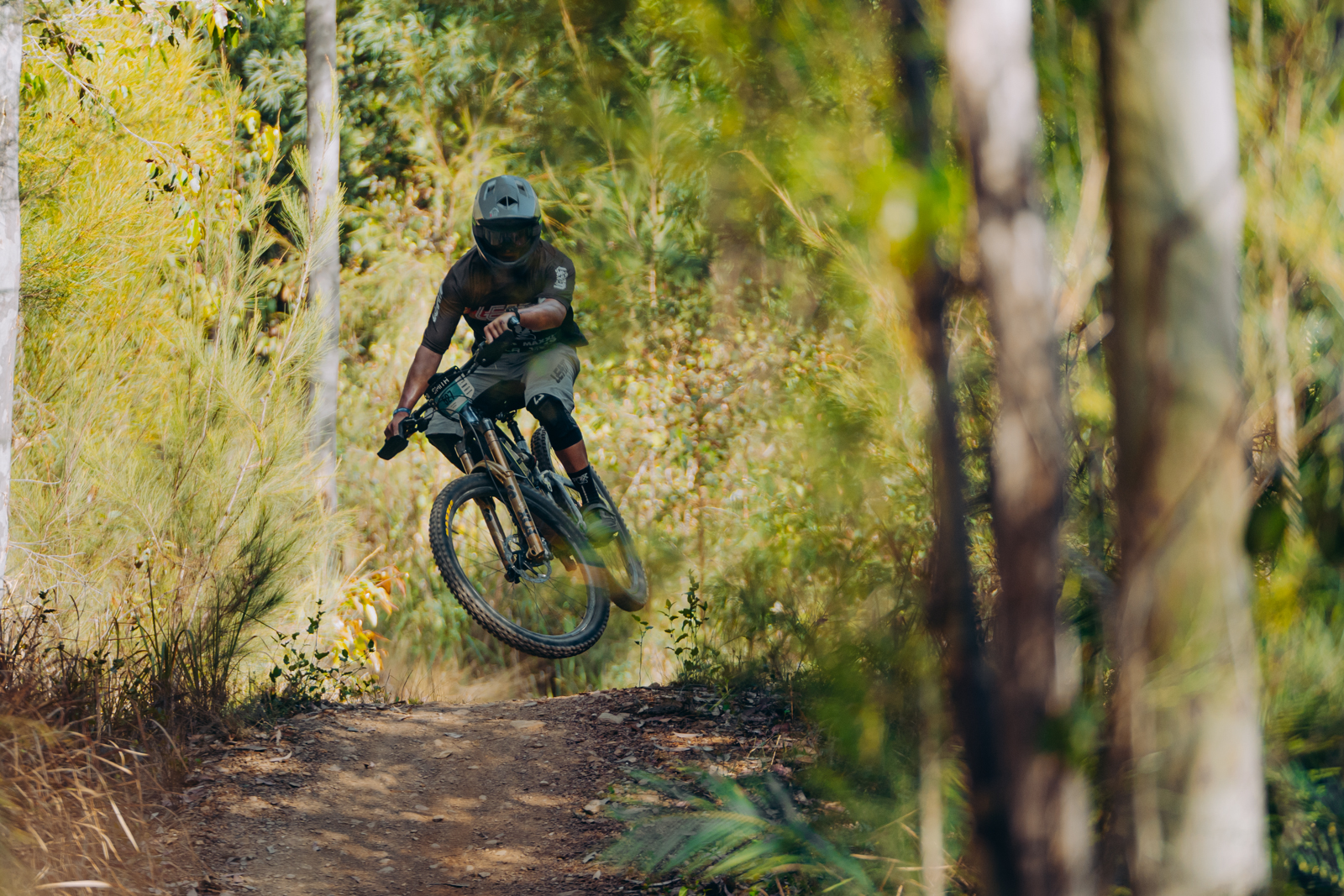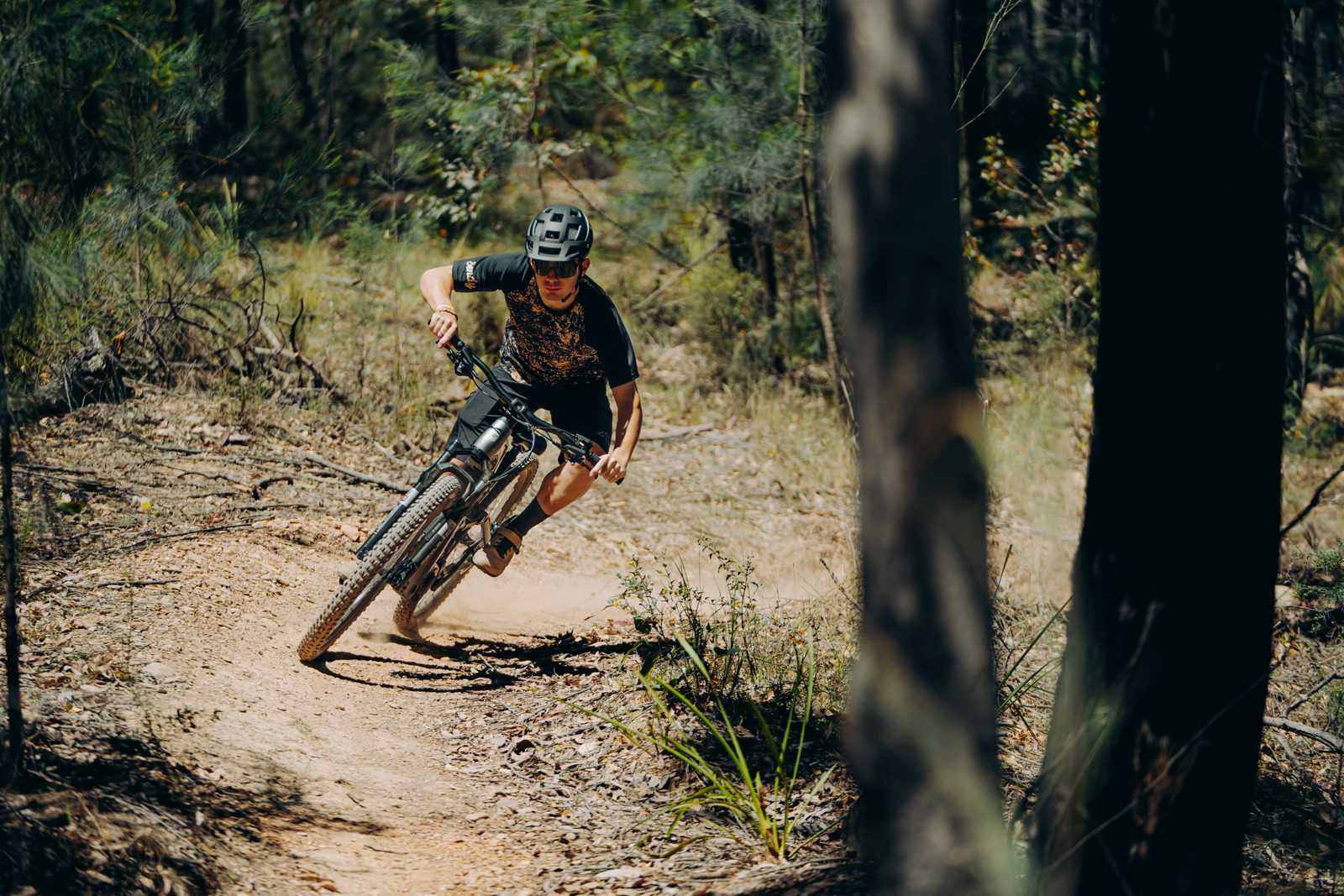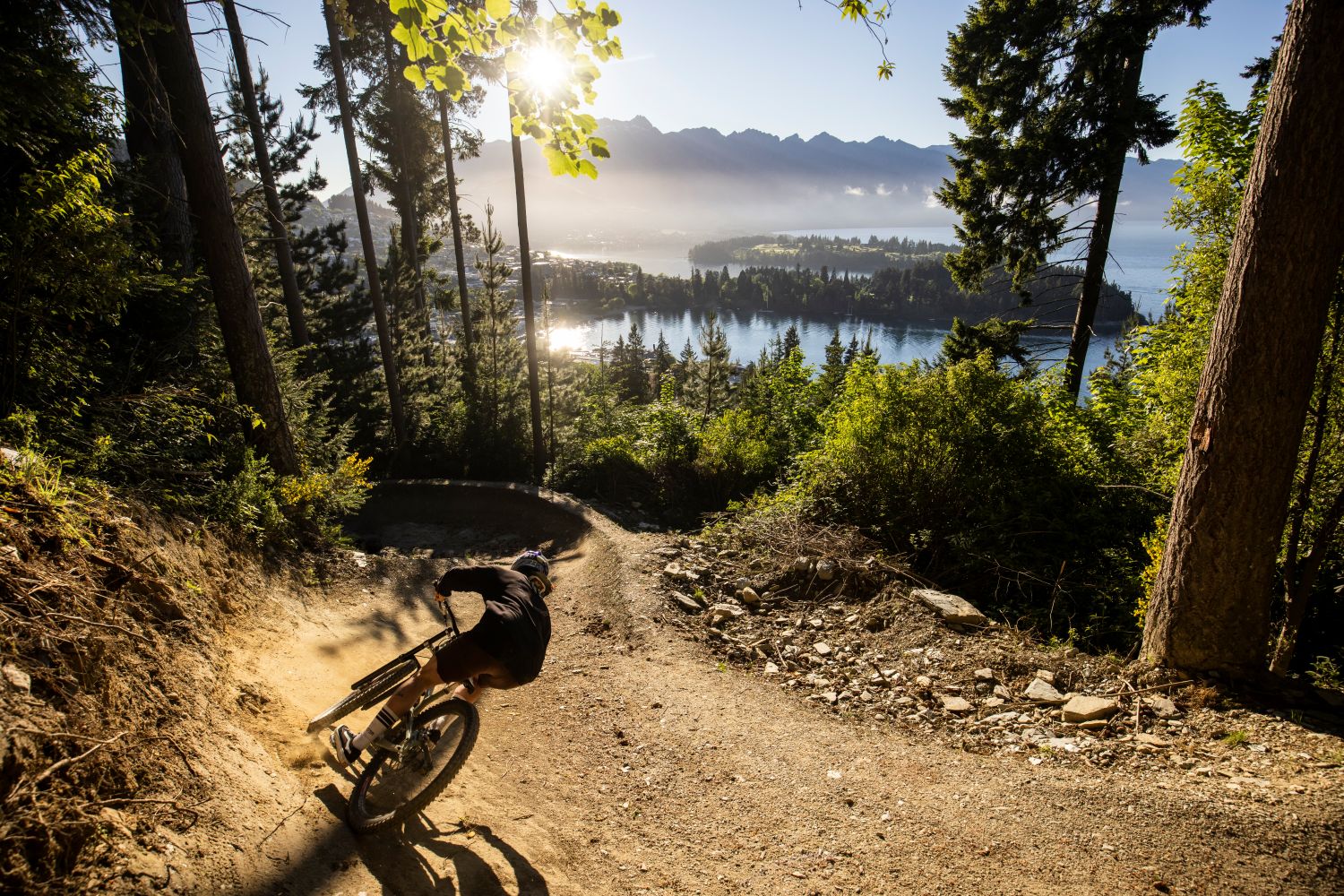The brains behind the genius
The science behind Scott bikes Genius.
Scott's Genius has been an integral part of their mountain bike range since the early 2000s. 15 years ago Thomas Frischknecht even won the 2003 Cross-Country Marathon (XCM) World Championships on a Genius MC, the 130mm variant of the bike!
The Scott Genius has evolved via a number of iterations, and in 2017 Scott unveiled a long-travel trail bike boasting the geometry numbers of an enduro bike, with the weight of a light trail bike, and even the climbing prowess of some XC bikes. With one bike that could take either 27.5” or 29” wheels with the flip of a chip, had Scott truly released a mountain bike, for mountain bikers?
We tested a Genius 920 in our Alpine Issue, and found it truly did perform across a wide variety of terrain – but to find out more we travelled to Friebourg to visit Scott and meet with the brains behind the Genius.
“The Spark really re-defined the next generation of mountain bikes, as we cycle through the range each time,” states Joe Higgins, Chief of MTB Engineering at Scott Sports as I ask about the latest Genius. “We went quite far with new ideas on the Spark. We didn't go so far as to redesign the steerer tube or the crown. There's a certain limit as to how far you can go with an integrated system design when you have to work with off the shelf components.”
The Spark was designed with an Olympic medal in mind. And it won two. And two World Championships titles, and then Nino Schurter went and won all the World Cups, World Championships and the Cape Epic in 2017. The bike met the brief! But what of the longer travel Genius, a bike that has been known to be ready to tackle long climbs and charge descents?

“It's one of the best projects I've worked on, it's the bike I use the most,” says engineer Timothy Stevens. “It's like a mountain biker's mountain bike. It's a trail bike that can do everything. You do see the influence of what we ride around here, it's a bike you can take out for a big ride all day and still have a lot of capability for big descents. We do 2000 or even 2500m of descending in one go here, and you need to be comfortable, and you need to save energy on the climbs.” The new Genius sports 150mm of travel, but with frame weights of barely 2200g with shock and hardware, they are seriously light, too. “It makes your riding days much better to not be hauling around a heavy bike and not be struggling going up or down, or having too little travel and tiring out. You can go for big double-day weekends, and it's perfect for this.”
It's not just low weight that stands out with the new Genius. It can take either a 29” or 27 plus wheel, without the need for head set spacers or a new fork. But the TwinLoc system where you can adjust the travel and damping characteristics – and therefore the geometry – with one lever really sets this trail bike apart. But on paper, the geometry really stands out. With a slack head angle of 65 degrees (65.6 with 27.5” wheels) and a long reach, the Scott Genius pushes modern geometry for a major brand.
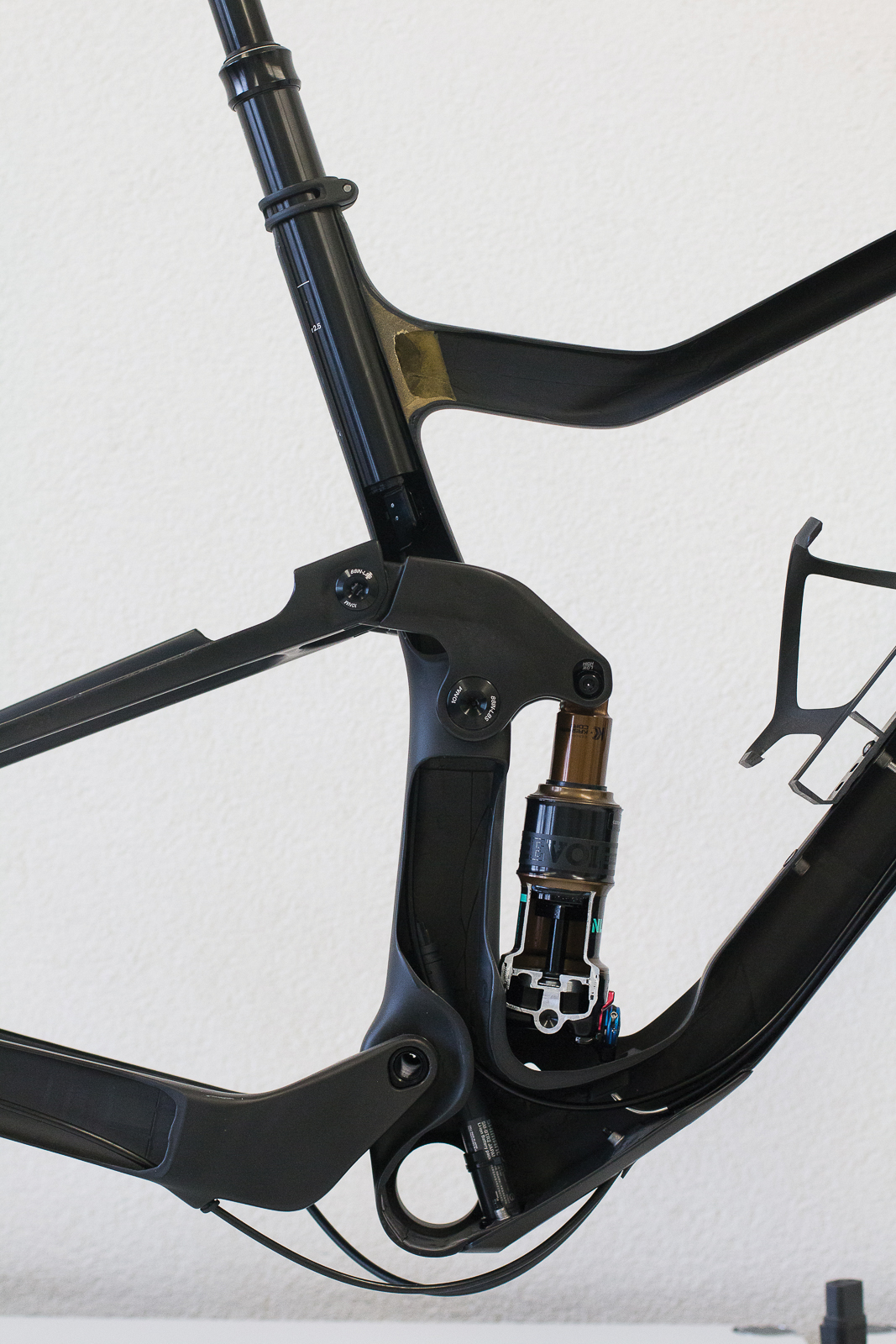
“I do a lot of riding, from cross-country on our lunch ride to big tours in the Alps. But also I do downhill,” says Stevens. “The Genius was always the bike I rode the most. I really liked the Genius, it was super capable. I really had a vision in my head of the direction I wanted it to go, in terms of the geometry. I tested a lot of bikes, and we can modify our own bikes with angle sets or more complicated modifications. I tested some very, very long bikes on the market, and I tested those a lot. In some situations they are really good. But if you want an all-round bike, you need to be a really good rider riding at 110% to make it work. And it actually starts to get tiring as you have to be working so much. A very good rider can make it work more effortlessly. So I wanted to get some of the benefits but not feel like you're riding a huge bike.”
“I didn't want to jump on the long and slack bandwagon. We tested with a lot of riders at different heights, but we couldn't find many disadvantages of the longer reach and slacker geometry. I ride XL, I'm quite tall, and until now I haven't really found a bike that fit! So I really wanted to make sure I could make an XL bike that fit tall people. The numbers on paper are quite long, but not super extreme. We're quite a good balance, but when you ride it, it really flies downhill, but it doesn't feel like an overly long bike, it's still playful.” Stevens’ point rings true – when testing the Genius 920 the bike looked so long out of the box, but on the trail it felt balanced, and climbed with ease given its descending prowess.
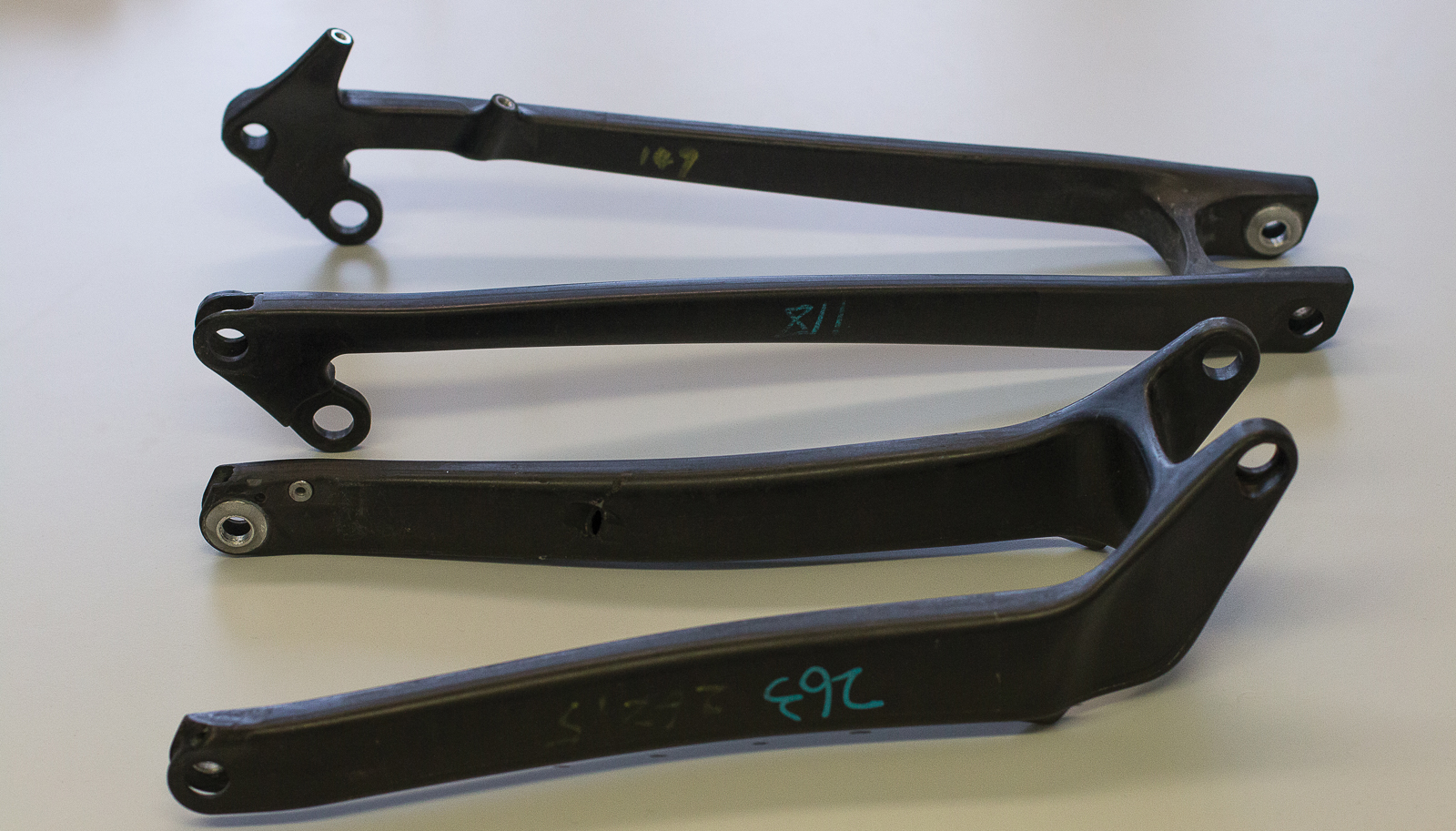
“The old Genius was quite conservative given geometry progression in the last 3-4 years, and we wanted to push it a little bit. The numbers we set, I really believe they can work for the trail market, they're not exclusive for enduro and beyond. Of course, this bike is a trail bike so we compare it to a 140mm travel bike from competitors. But the TwinLoc system lets us control the travel more effectively. You have a very, very capable bike that is optimised for downhill through the geometry, travel and suspension design.”
The TwinLoc system is unique, and patented by Scott. Other brands can have remote lockout, but not three positions where the air volume and oil movement changes too. So while the Genius has 150mm of travel, it can have 100mm in the Traction setting, with a higher bottom bracket and steeper angles. All from the push of a lever. And then you can firm it up even more – and bear in mind it does the fork at the same time.
“With the TwinLoc system and the weight, you've got something that flies uphill too. We have that advantage that we can be more extreme in the geometry for descending. More stable, more slack, that kind of thing. But we can rein it in with the TwinLoc system for going up. Other brands without the geometry change of the TwinLoc system can't optimise for descending while optimising for uphill like we can. We take advantage of that.”
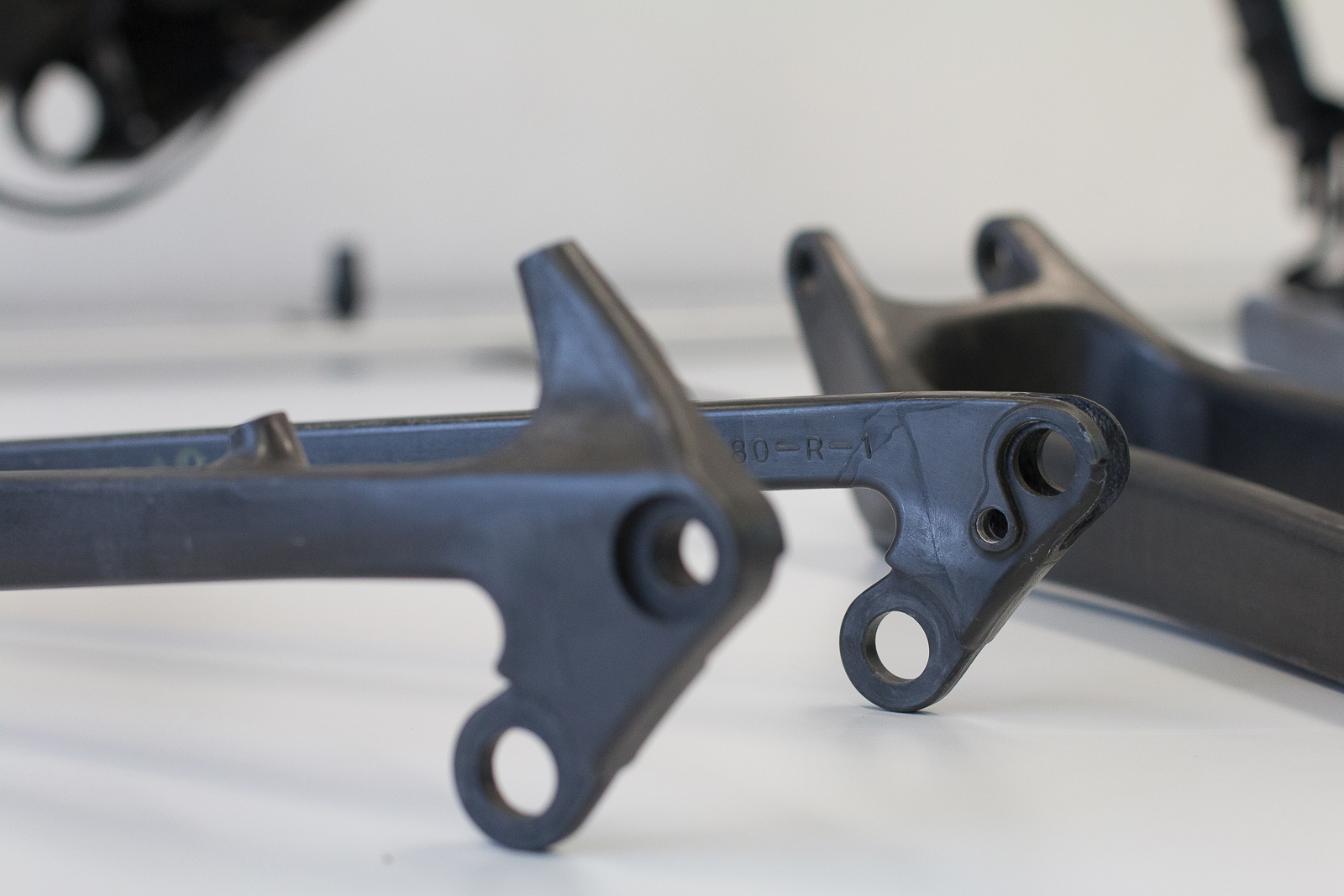
So with the ability to push the geometry numbers to optimise handling, use TwinLoc to get the most out of the bike's suspension, and use their experience with carbon fibre to make the bikes light and stuff – what about wheel size?
“The wheel size thing was a big debate in the office,” says Stevens bluntly. Scott were one of the first major brands to adopt Plus bikes and have dedicated ranges. “It was never a question of whether we do 29” or 27.5”. It was whether we do two bikes, or one bike that works with both. We wanted the rider to be able to swap the wheels without needing to change their fork, or headset or anything. With the Genius you can buy it as a 29er, and if you want you can buy a 2nd set of wheels, and you have a different bike. The Genius will give you peace of mind knowing you can run either wheel size.” The chip in the link is all that needs to be flipped, which lifts the bottom bracket and steepens the head angle by 0.6 degrees. And you're away. But you can also use that chip to adapt the geometry, away from the 29 x 2.6” tyres that come stock.
“If you put it in high, with skinnier tyres, you can pedal over everything. You can really adapt the bike to riding tighter trails or fast descents.”
The Scott Genius is winning over riders around the world, but it's at Scott athlete meets where it's the most telling. Riders from XCO, downhill and freeride converge – and if they're heading for a ride they all reach for the one bike – the Genius.

“When you see that range from an Olympic Gold Medal cross-country rider to someone like Brendan Fairclough, the Genius covers that broad spectrum of riders as their weekend bike,” Stevens is clearly happy to see that his bike has been accepted so broadly. So maybe he's done what we all have quietly wanted, he's made a mountain biker's mountain bike.
Our review of the Scott Genius 920 is online at HERE but you should drop into your dealer to find out more about this all-purpose trail bike.
Words: Mike Blewitt Photos: Mike Blewitt and Keno Derleyn

